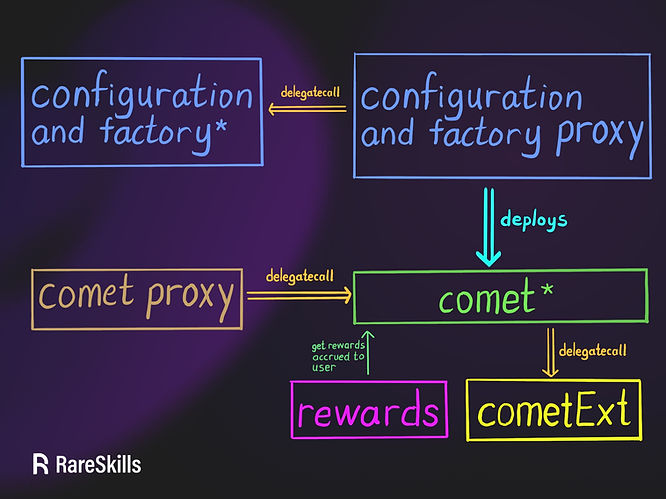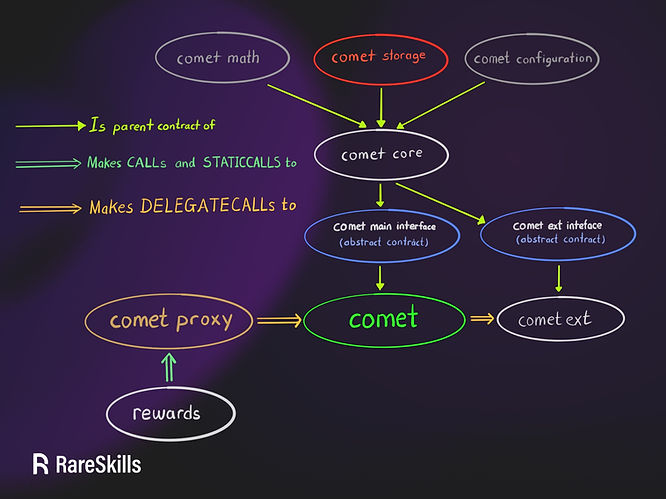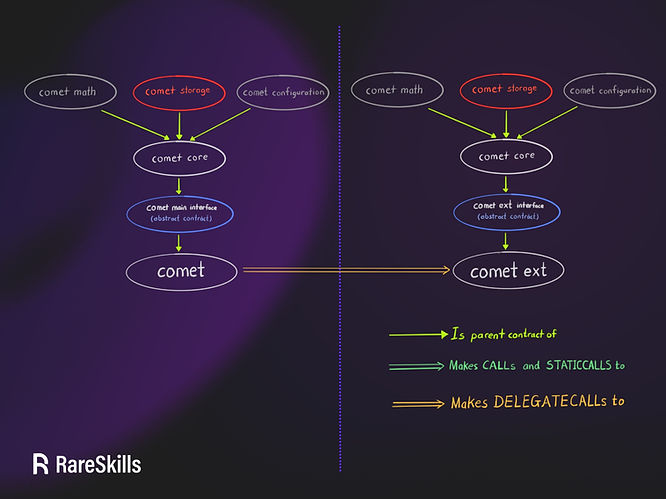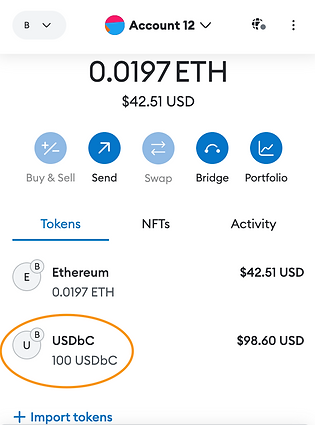
I've been using Compound since 2019. Made some money, lost some to liquidations. It's one of the safer DeFi protocols, but let me tell you what you actually need to know.
How It Really Works
You deposit crypto, earn interest. Simple as that. Interest rates change constantly based on how many people are borrowing vs lending. Sometimes you're earning 8% APY, sometimes 0.1%. That's DeFi for you.
When you deposit, you get cTokens (like cUSDC for USDC). These slowly become worth more over time as interest accumulates. You can withdraw anytime by converting them back, but gas fees will eat your profits on small deposits - stick to $1000+ positions minimum unless you're on L2s.
The Stuff They Don't Tell You
Gas fees are brutal. On Ethereum mainnet, a simple deposit can cost $20-50 or whatever insane amount Ethereum feels like charging during busy periods. I learned this the hard way trying to deposit $200 USDC and paying $40 in fees - felt like getting robbed at the gas station. Use Arbitrum or Polygon unless you're moving serious money.
Rates fluctuate constantly. I've seen USDC lending rates go from 12% to 0.5% in a week during market volatility. Don't count on any rate staying stable. The protocol adjusts rates automatically using some math nobody fully understands - more borrowing = higher rates for lenders.
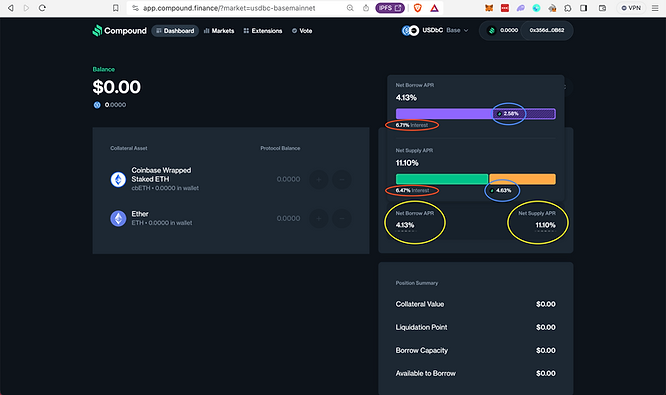
Getting liquidated at 3am sucks. If you borrow against your deposits and crypto crashes, you can get liquidated automatically. I lost a few hundred bucks worth of ETH when everything went to shit in early 2020 because I was overleveraged. Don't borrow more than 50% of your collateral factor - markets crash fast in crypto.
Multi-Chain Bullshit
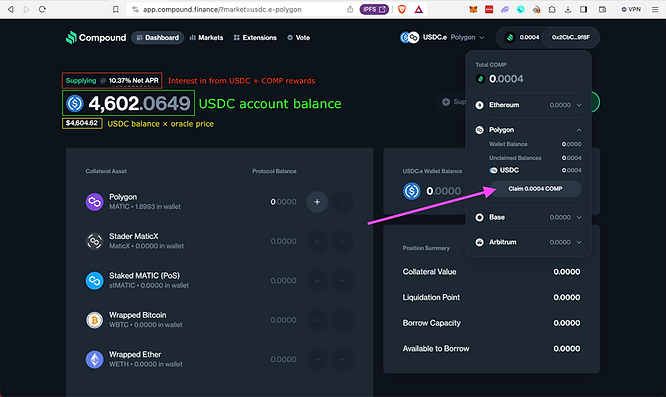
Compound works on 10+ networks now, but the experience varies:
- Ethereum: High fees but most liquidity
- Arbitrum/Base: Lower fees, good for smaller amounts
- Polygon: Cheap but sometimes buggy bridge transactions
Each chain has different tokens available and rates. I mostly stick to Arbitrum these days unless I'm moving $10k+.
Security: Pretty Good But Not Perfect
Compound's been around 7+ years without major hacks, which is impressive in DeFi. They've got a $1M bug bounty and proper security audits. But smart contracts can still fail - remember, code is law in DeFi.
My rule: Don't put more than 10% of your crypto in any single DeFi protocol, including Compound. I once tried to arbitrage rates between chains and lost $200 in bridge fees. Diversify or get rekt.
Now that you understand the basics and risks, let's dive deeper into how this stuff actually works under the hood.
